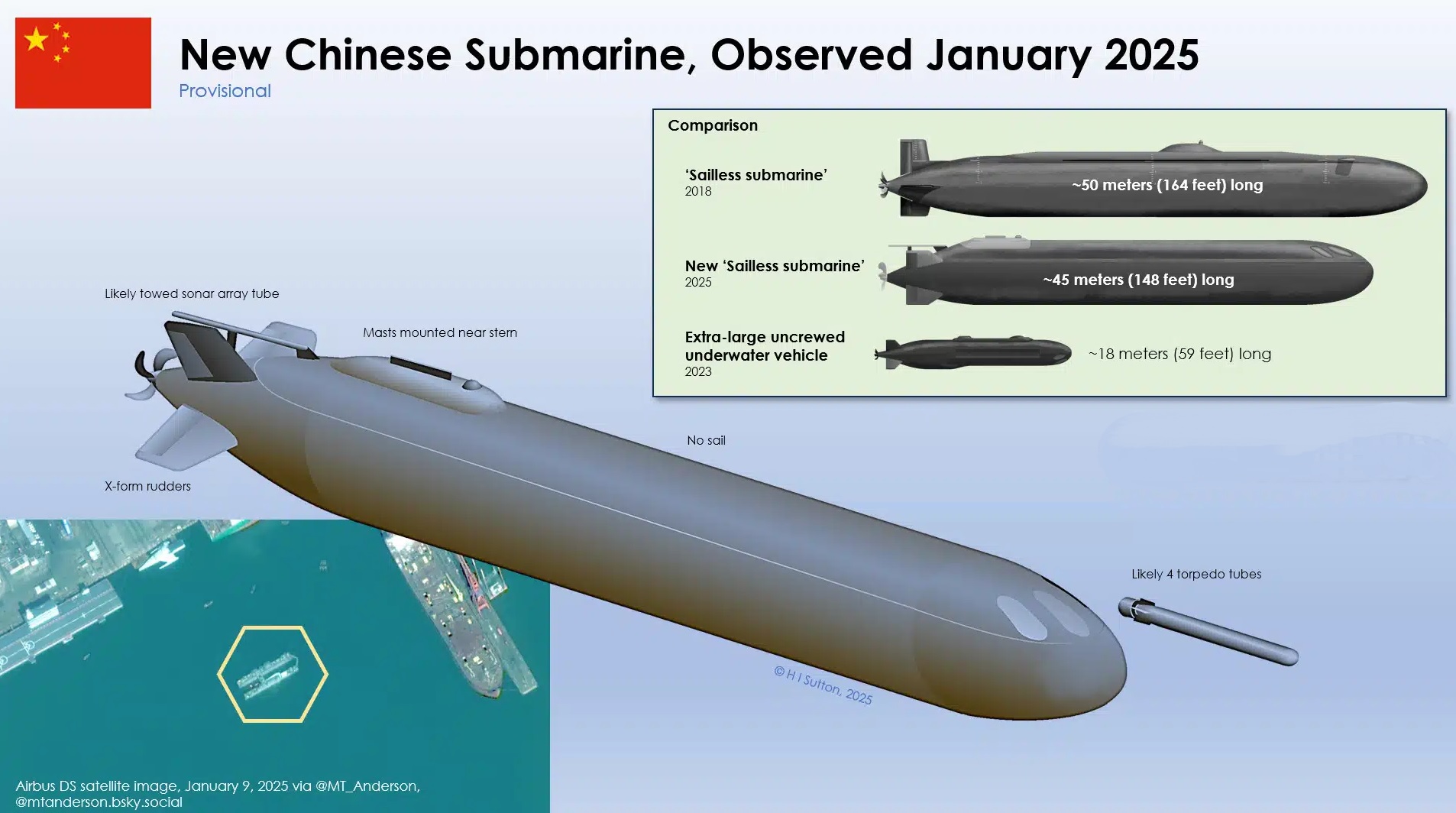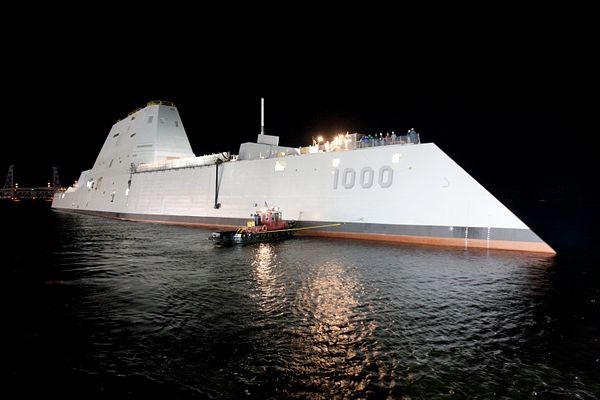Firefly Aerospace Alpha Rocket Placed Lockheed Martin Satellite in Incorrect Orbit

Space News ,U.S :- On December 22, the upper stage of a Firefly Aerospace Alpha rocket encountered a glitch, resulting in a Lockheed Martin technology demonstration satellite being placed in an incorrect orbit. The rocket, named "Fly the Lightning," took off from Vandenberg Space Force Base in California at 12:32 p.m. Eastern, following a two-day weather-related postponement from the initially scheduled launch on December 20.
Initially, everything seemed to progress according to plan, with the upper stage reportedly reaching a nominal transfer orbit. The next phase involved a second burn of the upper stage, scheduled about 40 minutes later, to circularize the orbit and facilitate payload separation. However, Firefly remained silent about the launch status for several hours.
U.S. Space Force tracking data revealed two objects in elliptical orbits of 215 by 523 kilometers, indicating a potential malfunction during the circularization burn. Twelve hours after the launch, Firefly confirmed the malfunction in a statement, stating that the scheduled stage 2 engine relight did not deliver the payload to its intended orbit. The company pledged to collaborate with its customer and government partners to investigate the incident and identify the root cause.
The mission payload was a Lockheed Martin-developed and funded small satellite, equipped with an electronically steerable antenna for future broadband satellites. Despite the glitch, Firefly assured that communication with the satellite had been established, and mission operations were underway. Nevertheless, the satellite low perigee suggested a likely reentry within several weeks.
This setback follows Firefly successful launch of the Victus Nox responsive space demonstration for the U.S. Space Force three months earlier. In October 2022, another launch saw smallsat payloads reentering days after launch due to an elliptical orbit. Despite this, Firefly claimed success, emphasizing that both stages met requirements.
The Alpha rocket faced its first failure in September 2021 when one of its first stage engines shut down shortly after liftoff. Subsequent launches, however, saw the first stages performing as expected. Firefly had ambitious plans for the Alpha, aiming for increased flight rates with at least four missions in 2024 and six in 2025. The company is concurrently working on production facilities capable of building up to 24 Alphas annually.
Balancing Alpha commitments, Firefly is also developing the Antares 330, a first stage for Northrop Grumman new Antares rocket version, alongside the MLV launch vehicle. Bill Weber, Firefly CEO, anticipates having the Antares 330 ready for service in mid-2025 and the MLV in late 2025.



